[Last updated: August 22, 2022]
The Snowdome Museum has moved to the 4th floor of Yokohama Landmark Plaza. And it will be reopened in August 2022!
The Snowdome Museum, you can admire Japan’s only permanent exhibition of exquisite snowdomes (snow globes) from around the world, purchase a souvenir at the museum shop, or even create a masterpiece of your very own with the guidance of the museum’s experienced instructors. It’s a perfect stop for anyone who’s looking to find the perfect souvenir for that special someone, as well as a destination that parents and children can enjoy together.

The Snowdome Museum features Japan’s only permanent exhibition of snow globes. Visitors can admire creations from Japan and around the world, and take in the rich history of these uniquely enchanting works of art. Snow globes may be purchased at the museum shop (or the online shop; see below for details). The museum also holds workshops where participants can create snow globes of their own, as well as other snowdome-themed events both at our museum and at locations across Japan.
A Snowdome to Call Your Own!
At the museum shop, you’re sure to find a snow globe that catches your eye. But why not take the opportunity to design one of your very own? We couldn’t resist the temptation, and decided to sign up for a workshop by e-mail before visiting the museum. There was one other student along with the two of us, making for comfortable group of three.
Our instructor today was Saori Wakana. A longtime collector of small, delicate accessories like origami, seals, ribbons, and wrapping paper, she wanted to put them to use somehow, so she became a certified snow globe instructor six years ago and has been teaching ever since. Her warm smile immediately put us at ease, and with her clear explanations and patient teaching style, even beginners have nothing to fear.
The workshop lasts for two hours. It may seem like plenty of time, but you’ll want to keep an eye on the clock—when you’re busy choosing materials and contemplating your design, the time just flies by! Before we knew it, we were down to the last thirty minutes. Would we make it in time?
Scrambling to finish, your author watched out the corner of her eye as her two classmates completed their work with time to spare. With less than thirty minutes to go, I focused all my energy and concentration and did my best to catch up. Our instructor, Ms. Wakana offered gentle encouragement. “Go easy on yourself,” she said. “There’s no need to rush.” In the end, I made it just in time. Phew!
The Joy of Creation
There’s nothing quite like the feeling of creating something from scratch with your own two hands. The two hours went by in a flash—I’m as clumsy with my hands as anyone, but even I was able to create a charming little snowdome of my very own. The workshop welcomes one and all: you’re free to participate on your own, or sign up together with friends or family. Participants of all ages are welcome—you just need to be able to use a pair of scissors. According to the instructors, even five-year-olds have been able to complete their own snowdomes without their parents’ help, and the fun of using their hands keeps them satisfied and occupied for the whole time. A hand-crafted snowdome also makes a perfect Christmas present, birthday present, or souvenir for a special someone. Workshops are also held across Japan—contact the museum or visit their homepage for more details!
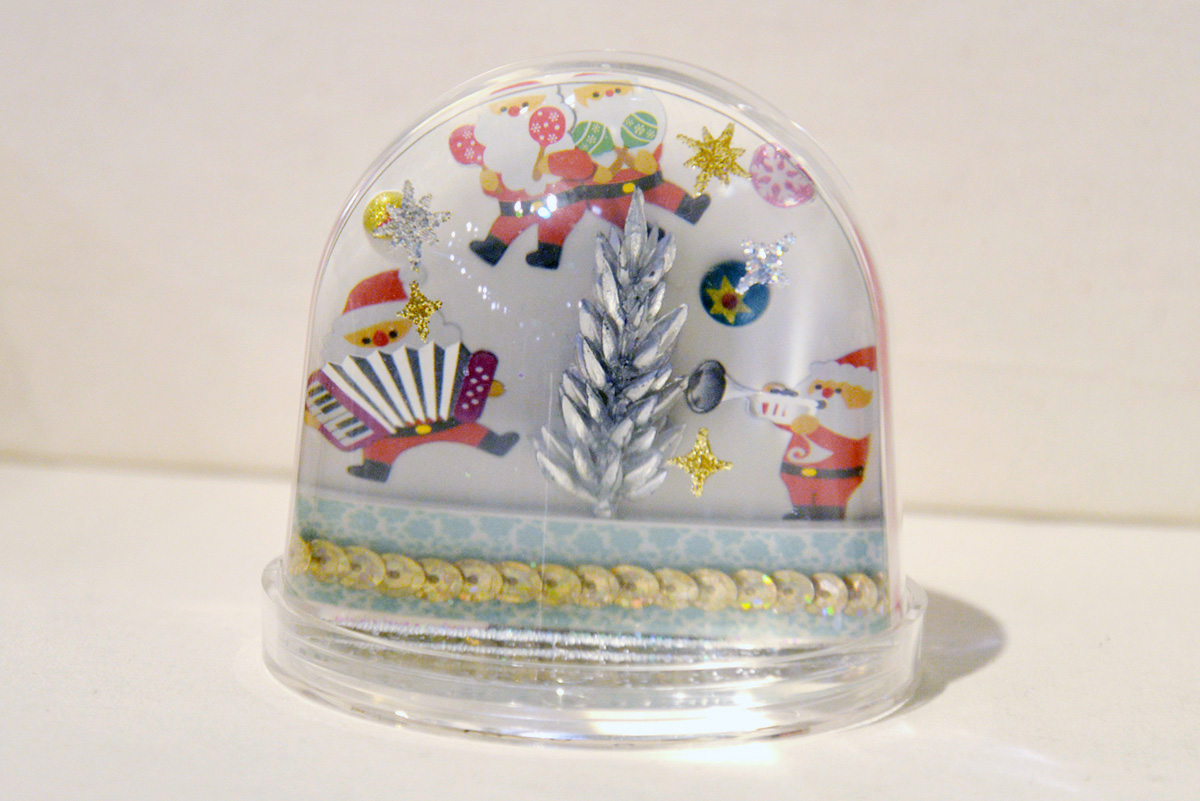
▲This charming, winter-themed snow globe created by the young lady who joined us in the workshop looks like it would make a lovely Christmas present.
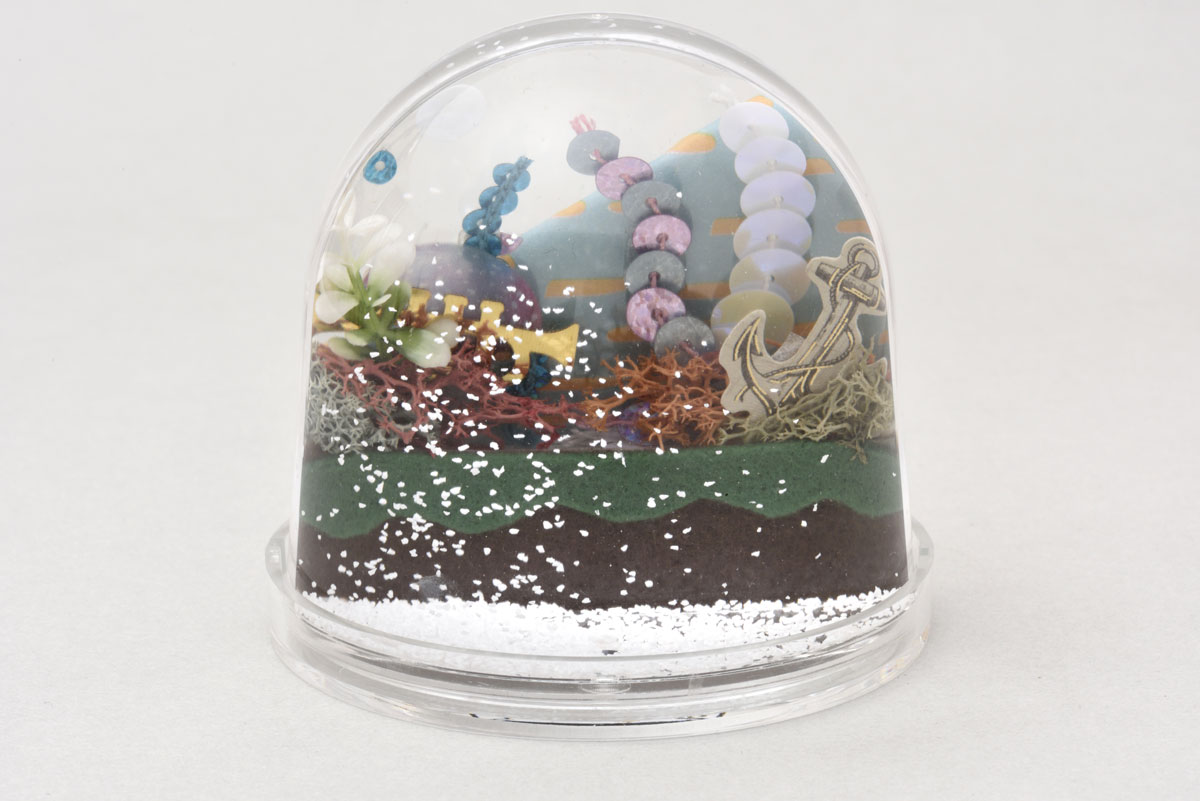
▲This breezy and refreshing snowdome was created by our cameraman. He intentionally left the reverse side blank so it could be used as a photo stand.
▲The theme for your author’s snow globe—intended especially for tourists from abroad—was “This is Japan!” Featuring the Kabuki tricolored joshikimaku curtain and contrasting spring and autumn motifs, Godzilla’s presence puts the final touch on this uniquely Japanese souvenir.
★Museum Workshop: Make Your Own Snowdome!
◆Days◆Saturdays, Sundays, Holidays
◆Hours◆ ※Please contact us.
◆Where◆Snowdome Museum (see below for directions)
◆Participation Fee◆ ※Please contact us.
◆How to Apply◆Send your name, phone number, number of participants, and desired day/hour of appointment to the email address below.
Email: info@snowdome.gr.jp
★There are also additional workshops held once or twice a month. For details, please visit the official museum site.
Snowdome Museum: http://www.snowdome-museum.org/
* * *
Visiting the Snowdome Museum, we gained a newfound appreciation for these curiously delightful self-contained worlds. Snow globes are packed with not only beautiful scenery and figurines, but can hold memories and dreams as well. Place one close by, and let it gently watch over you and bring you happiness and peace of mind.
We would like to thank everyone at the Japan Snowdome Association, our workshop instructor Ms. Saori Wakana, and our fellow students, whose support was invaluable in writing this article..
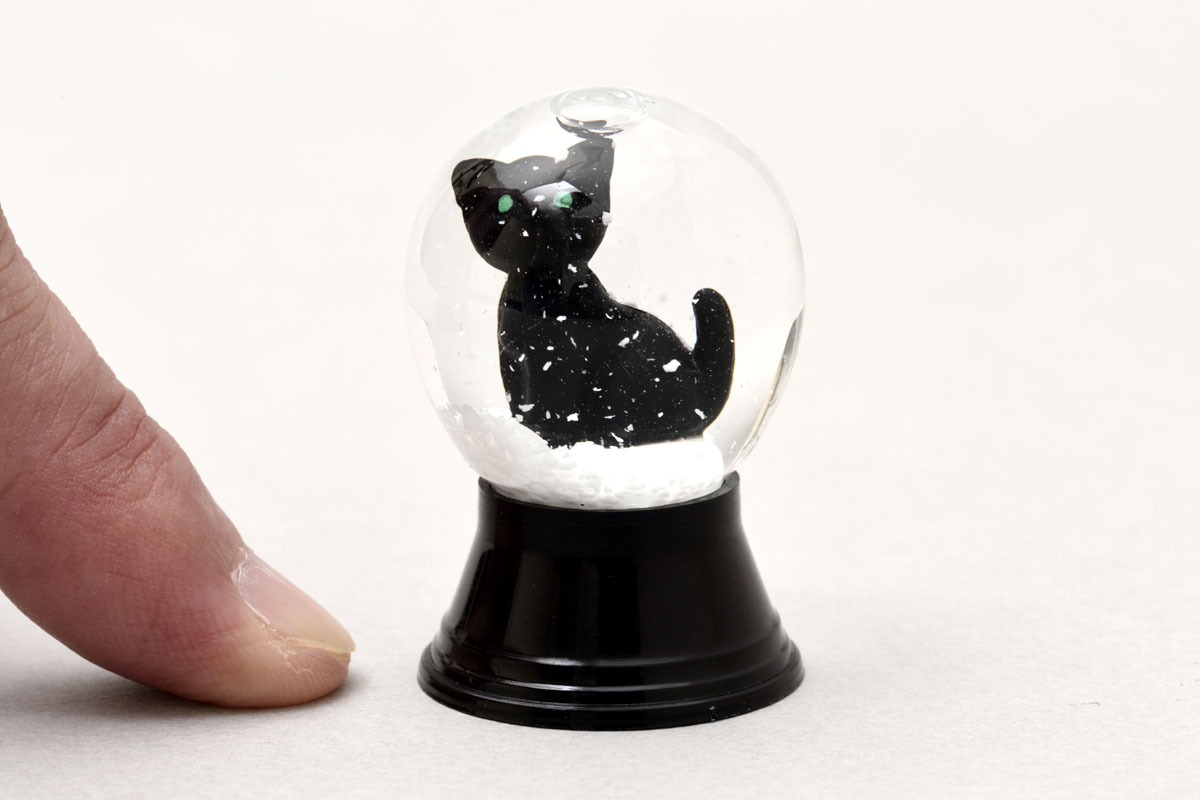
▲Miniature snow globes of a mere 4 cm (1.6 in) are available for sale at the museum shop.

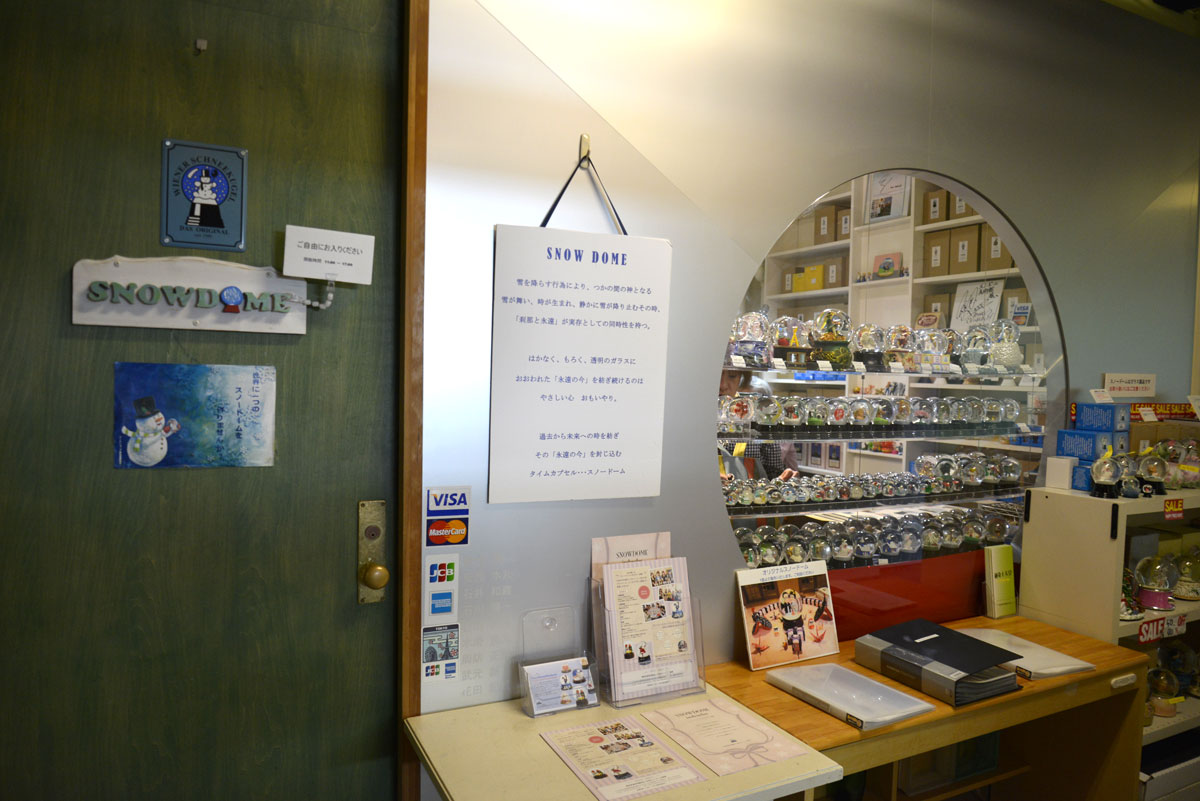
Snowdome Museum スノードーム美術館
Japan Snowdome Association (office)
住所:神奈川県横浜市西区みなとみらい2-2-1 横浜ランドマークプラザ4階
Yokohama Landmark Plaza 4F, 2-2-1 Minatomirai, Nishi Ward, Yokohama City, Kanagawa Prefecture
Phone: 050-3479-8445 (from within Japan)
Hours: 11:00-20:00
Closed Mondays ※Please check before going out.
Admission: Free
Online shop: http://snow.shop-pro.jp
Official site: http://www.snowdome-museum.org
Twitter: @japan_snowdome
Facebook: Snowdome Museum official Facebook page
Mail:info@snowdome.gr.jp
Getting there: ①Get off at JR Line or Yokohama Municipal Subway Sakuragicho Station.And it takes about 5 minutes on foot on the moving walkway.
②Get off at Minatomirai Station on the Minatomirai Line.And you will arrive in about 3 minutes on foot.
*This article was updated from an entry posted to the Ark Blog on November 1, 2016.
Translation: Jon Machida

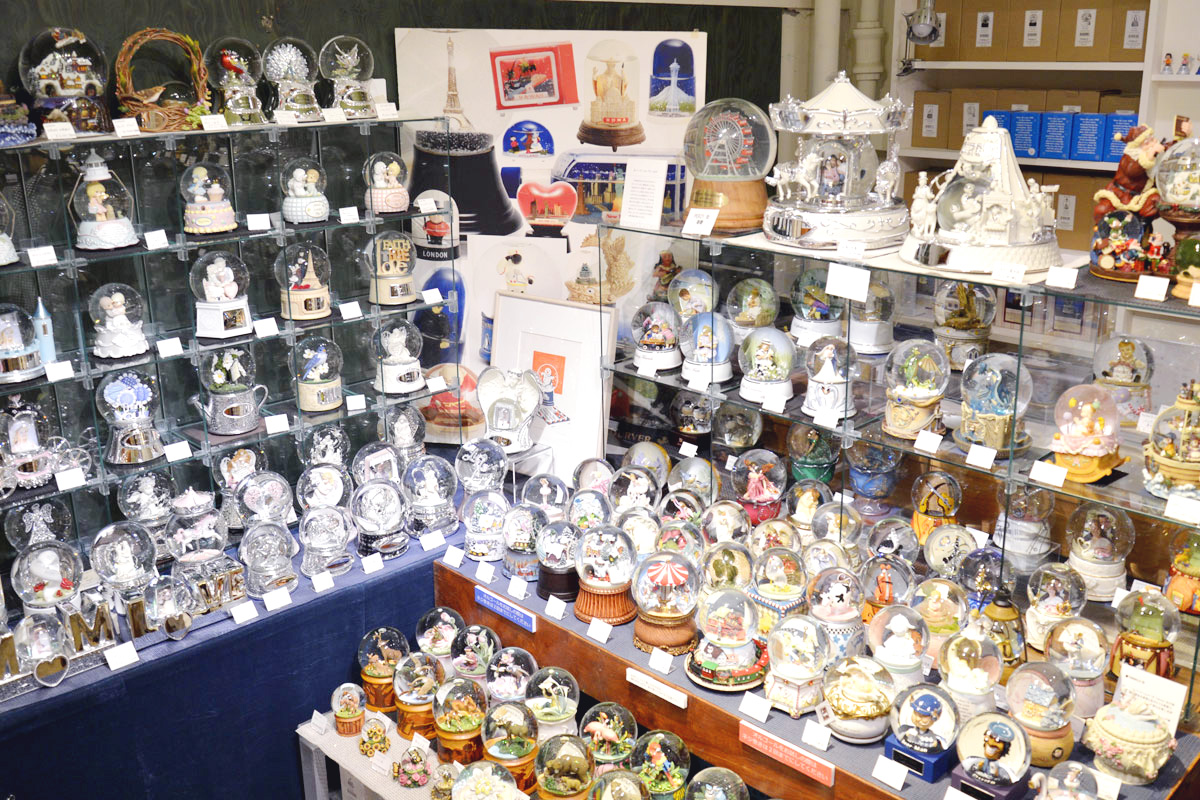
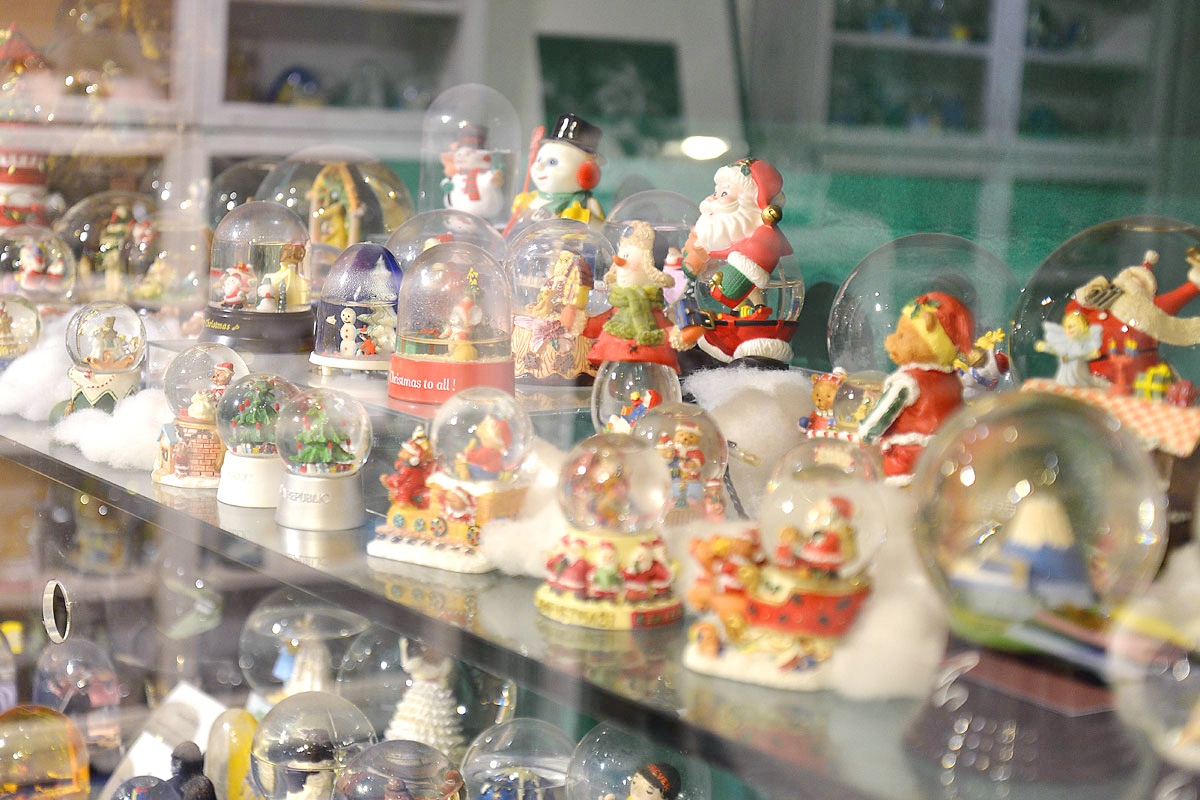

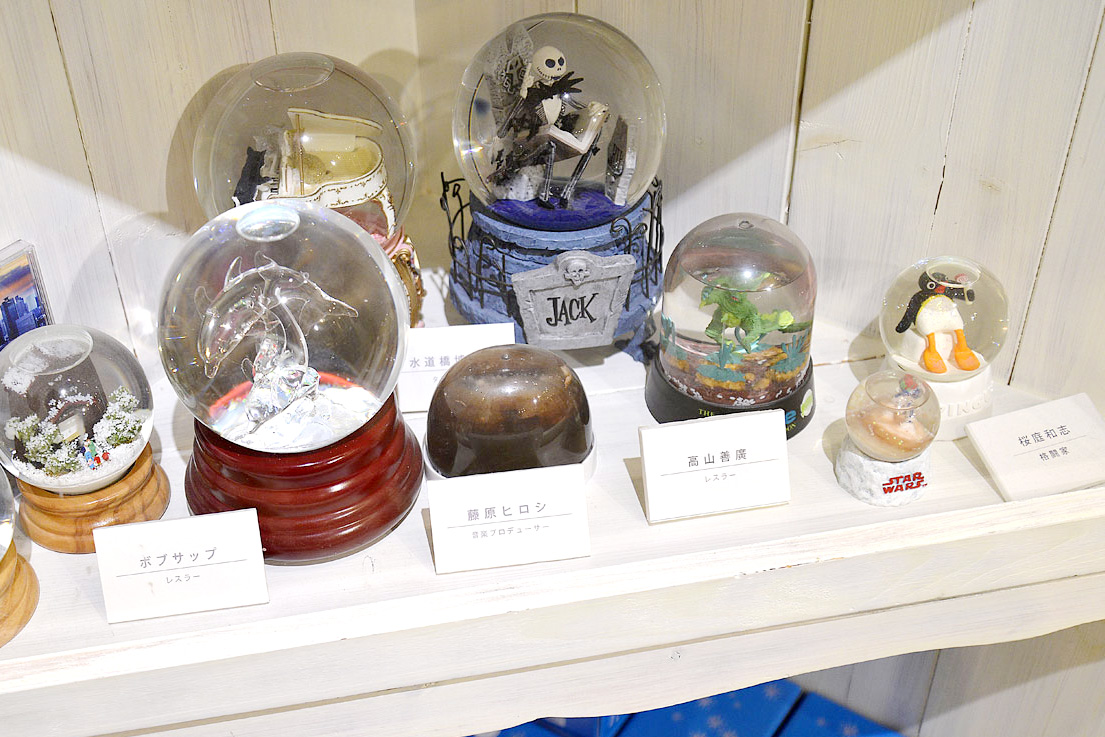

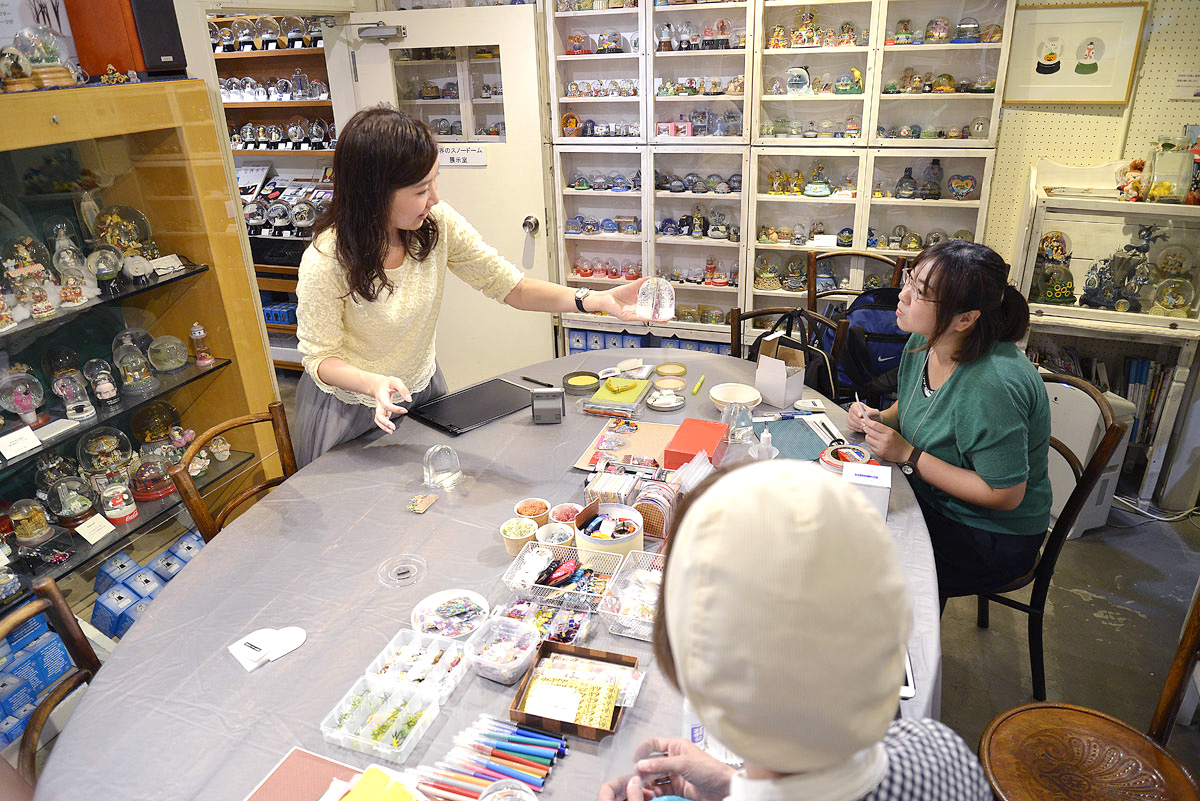
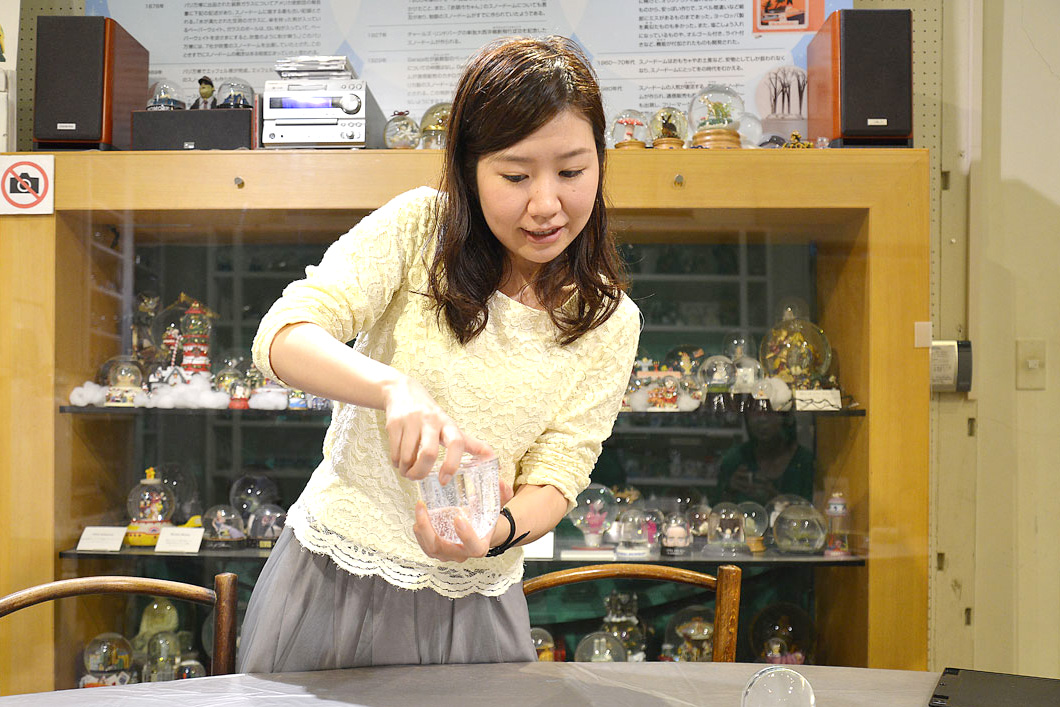

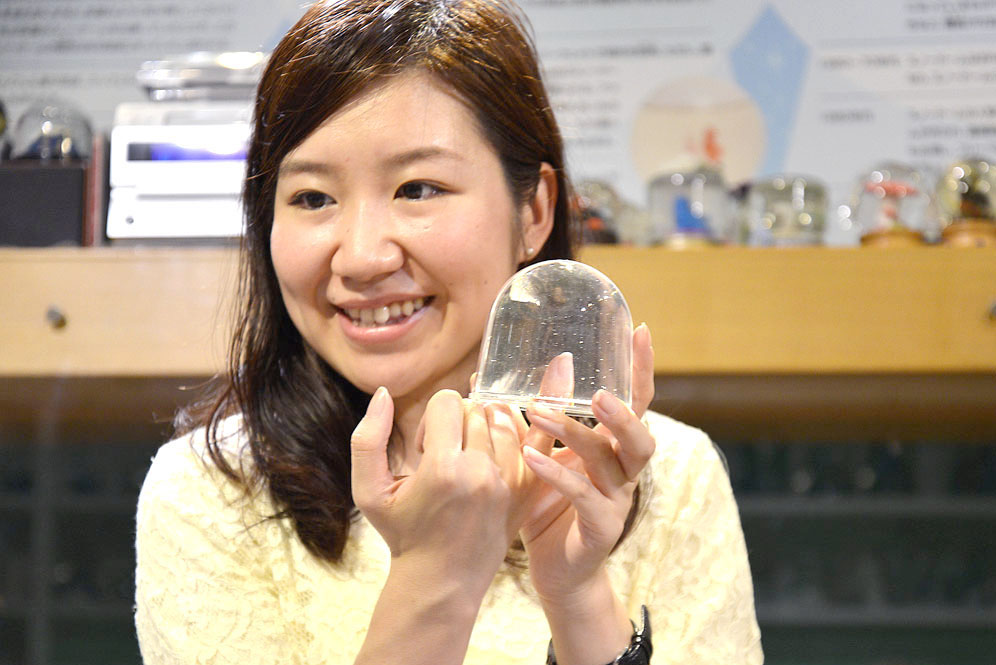
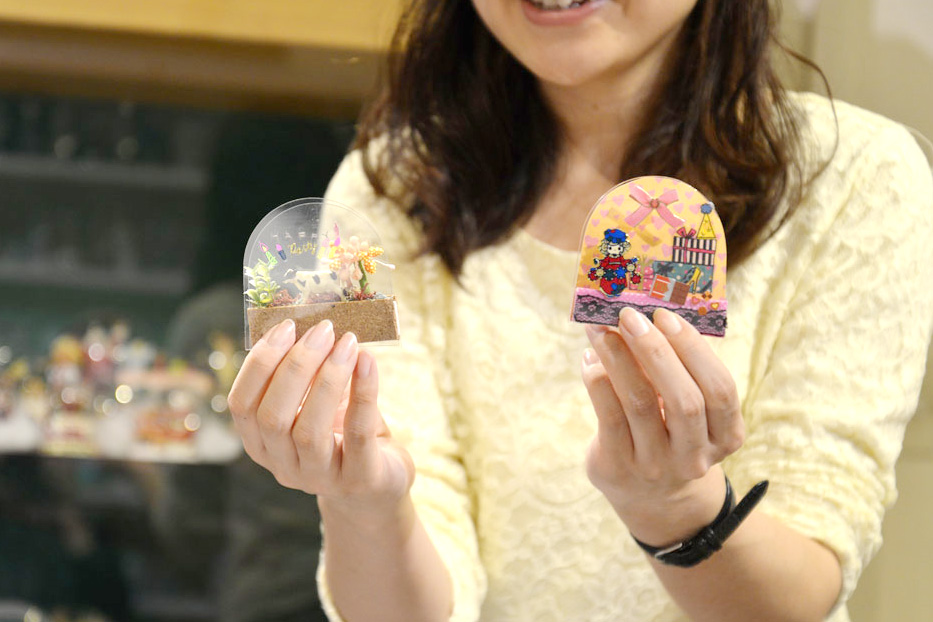
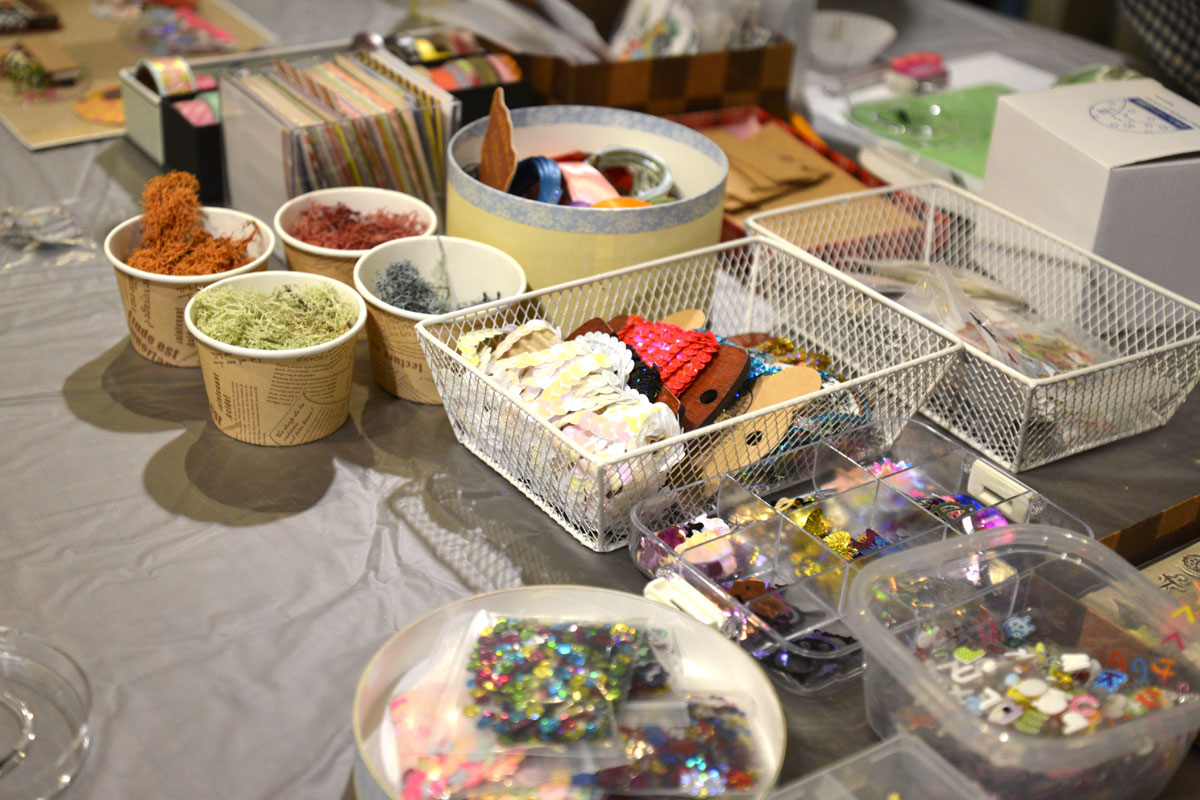
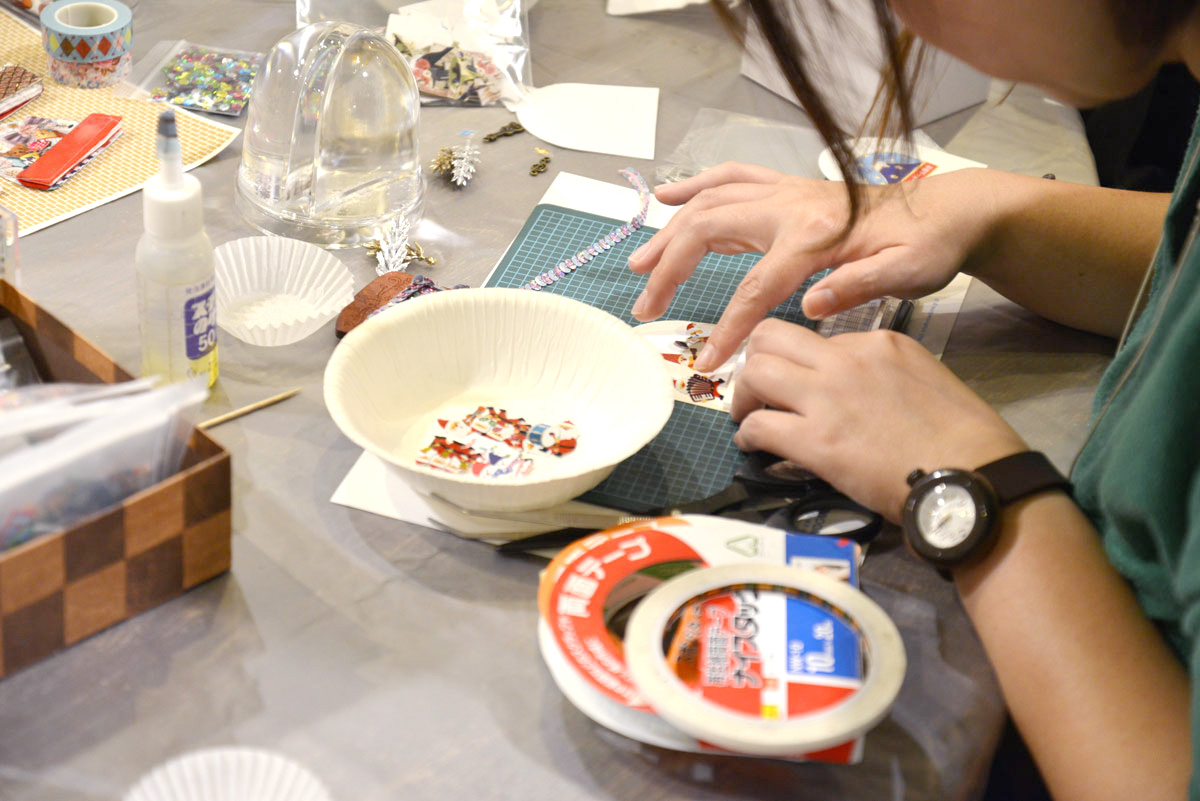

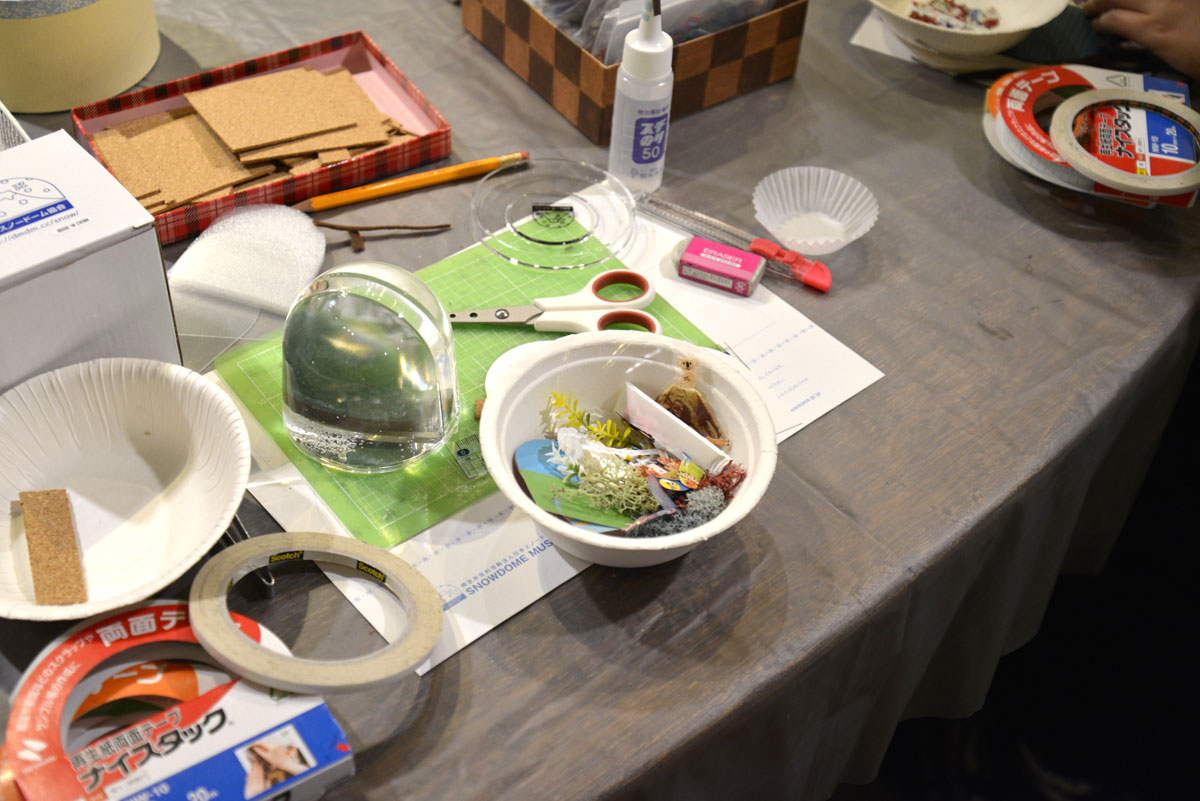
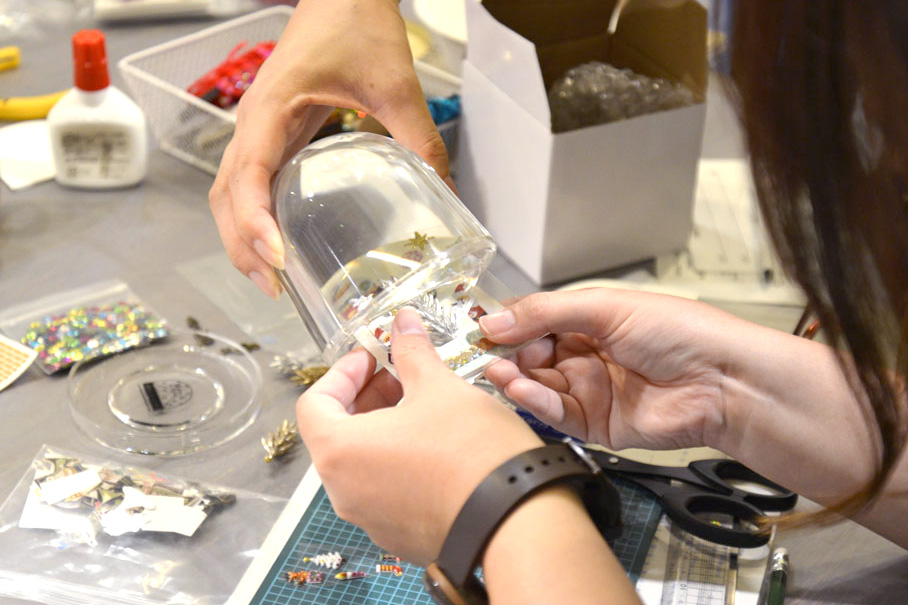
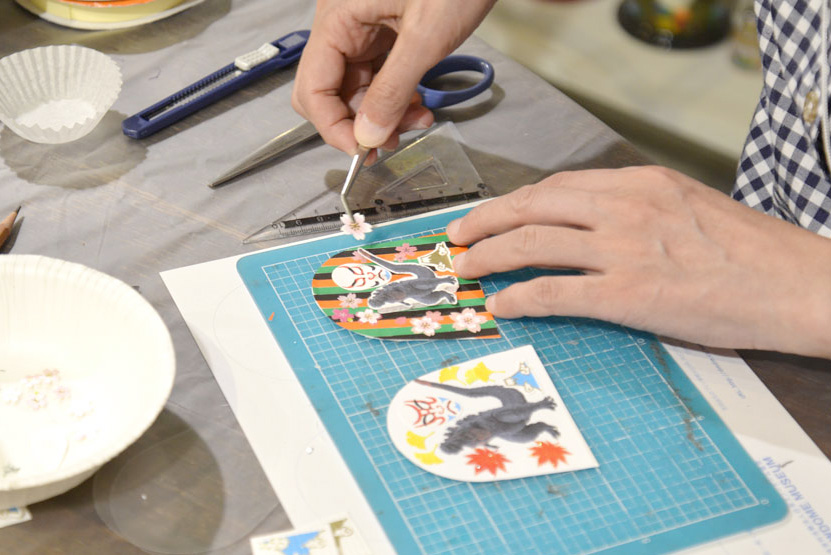


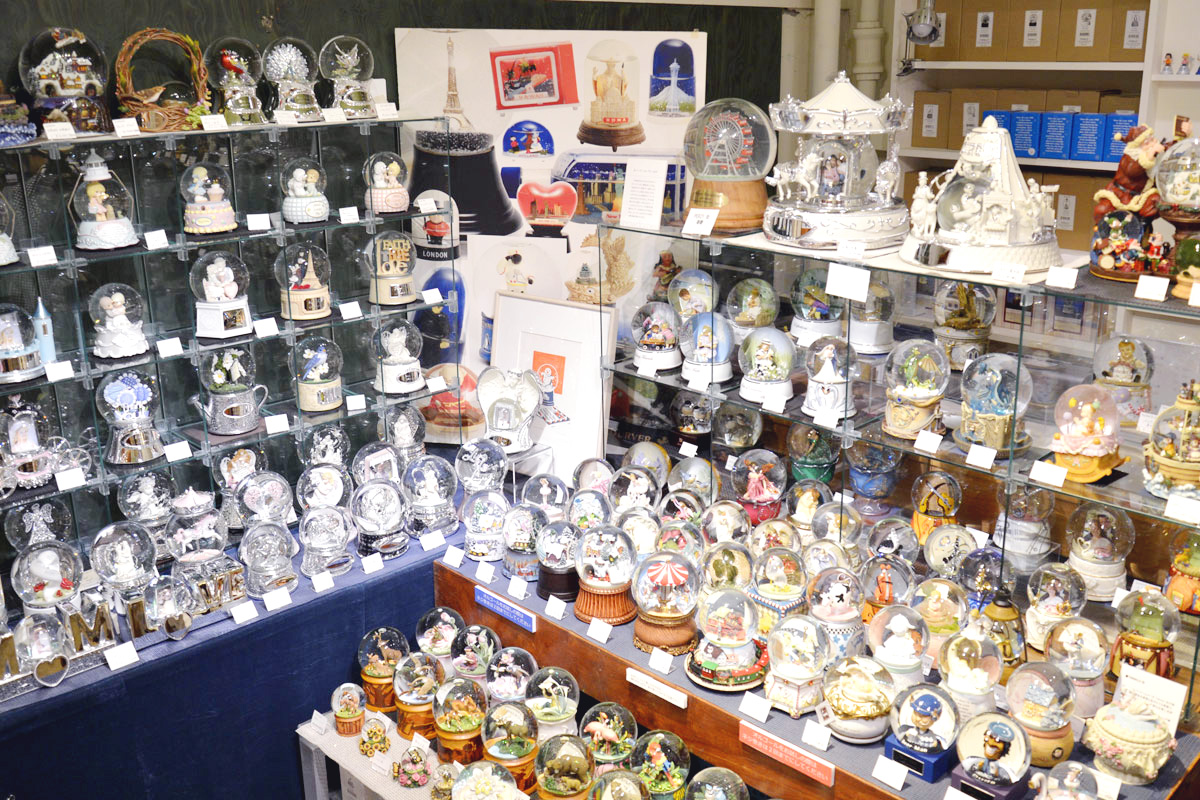

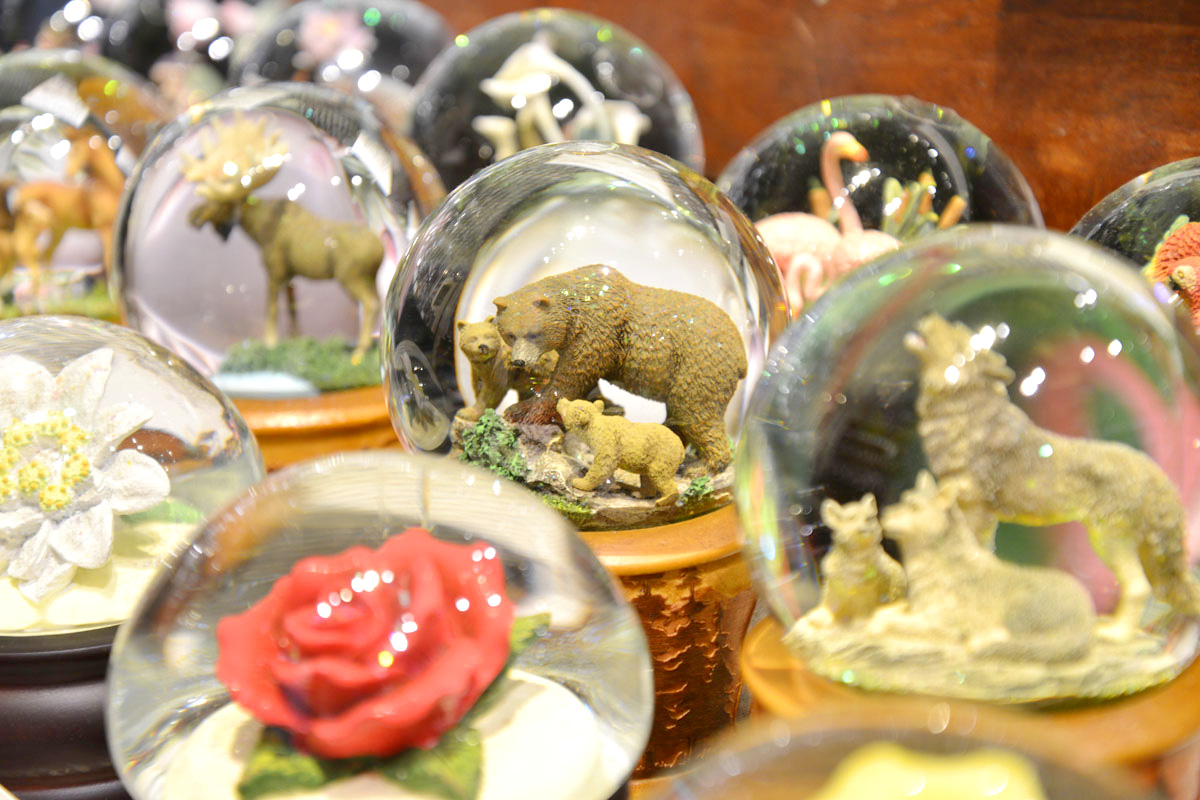
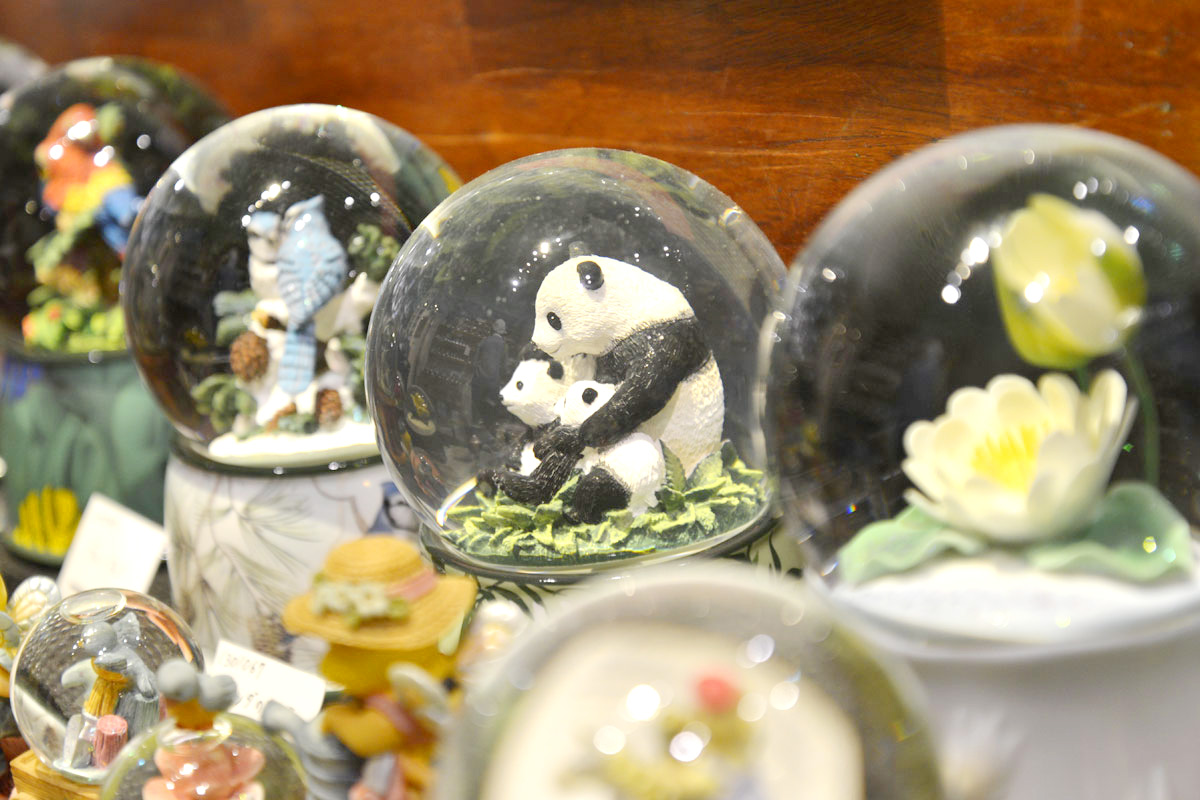
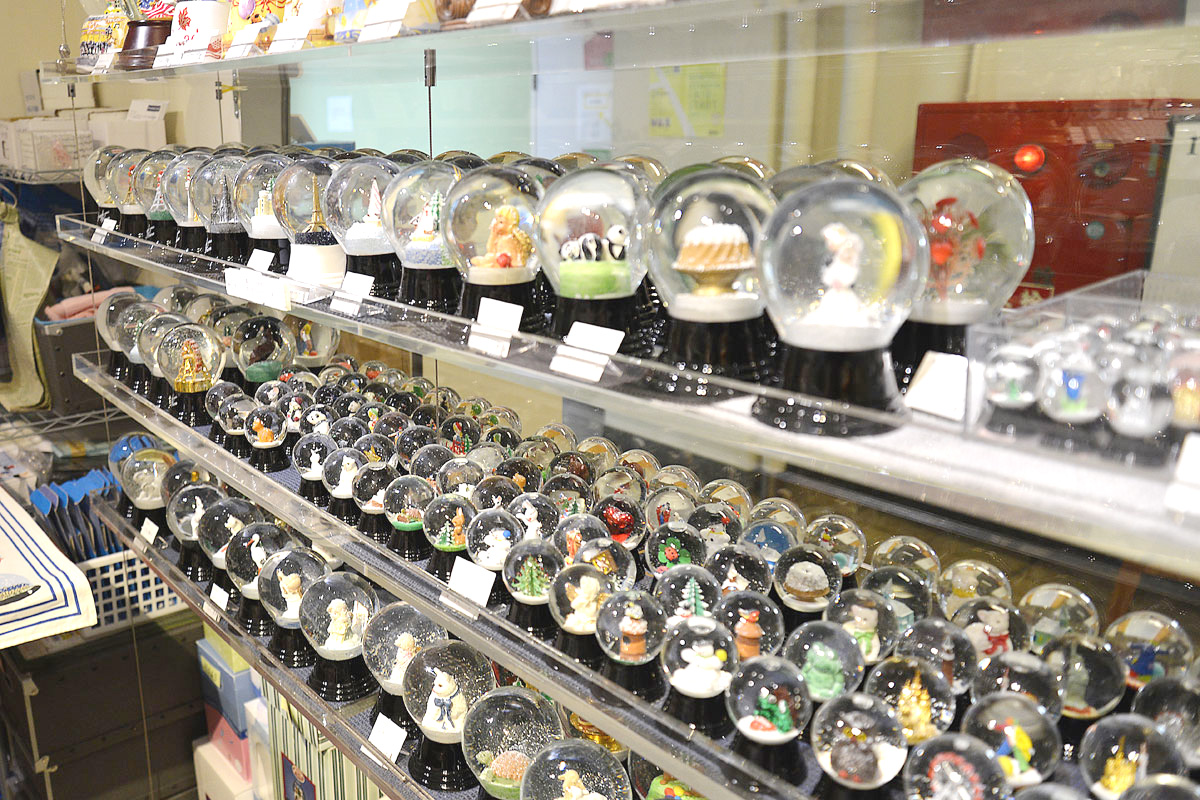
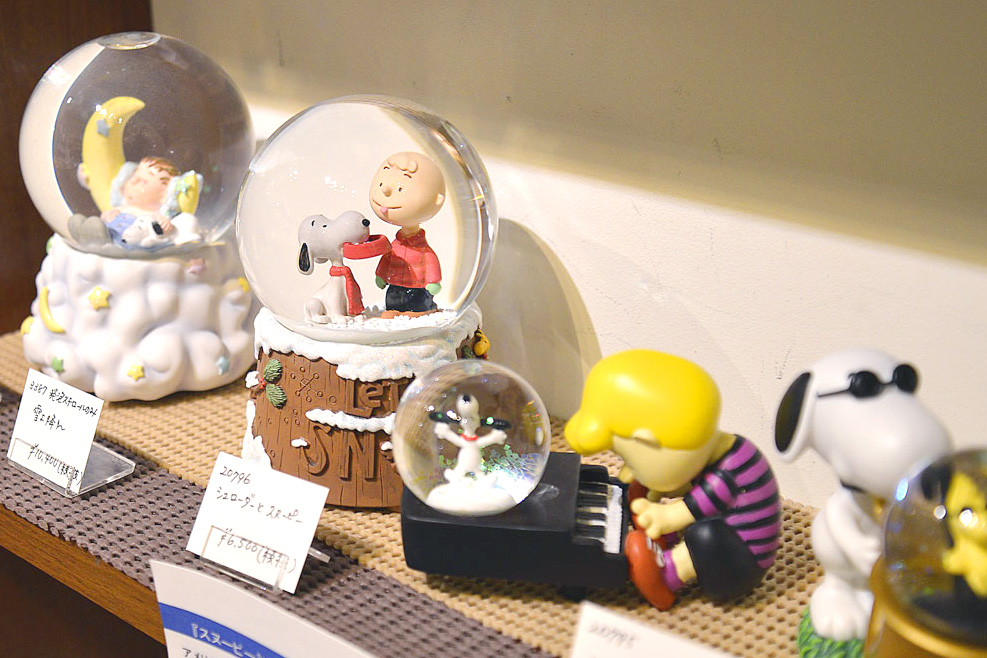
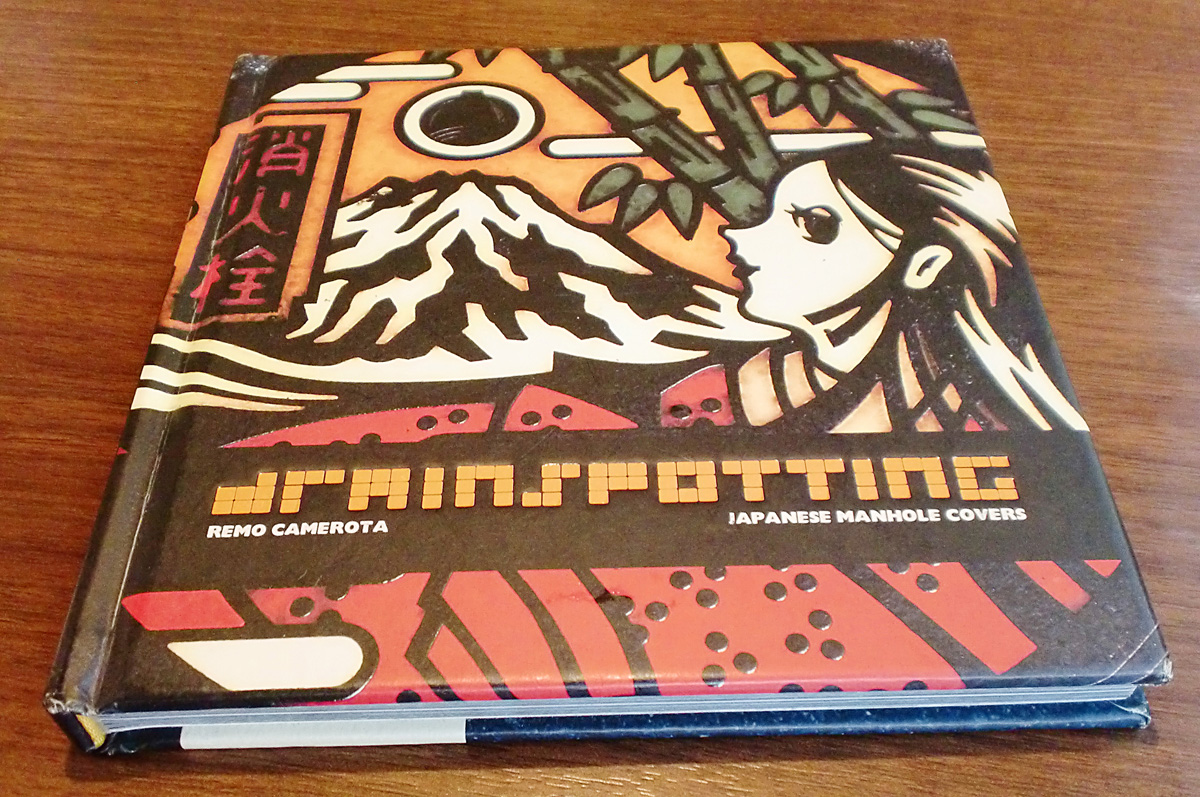
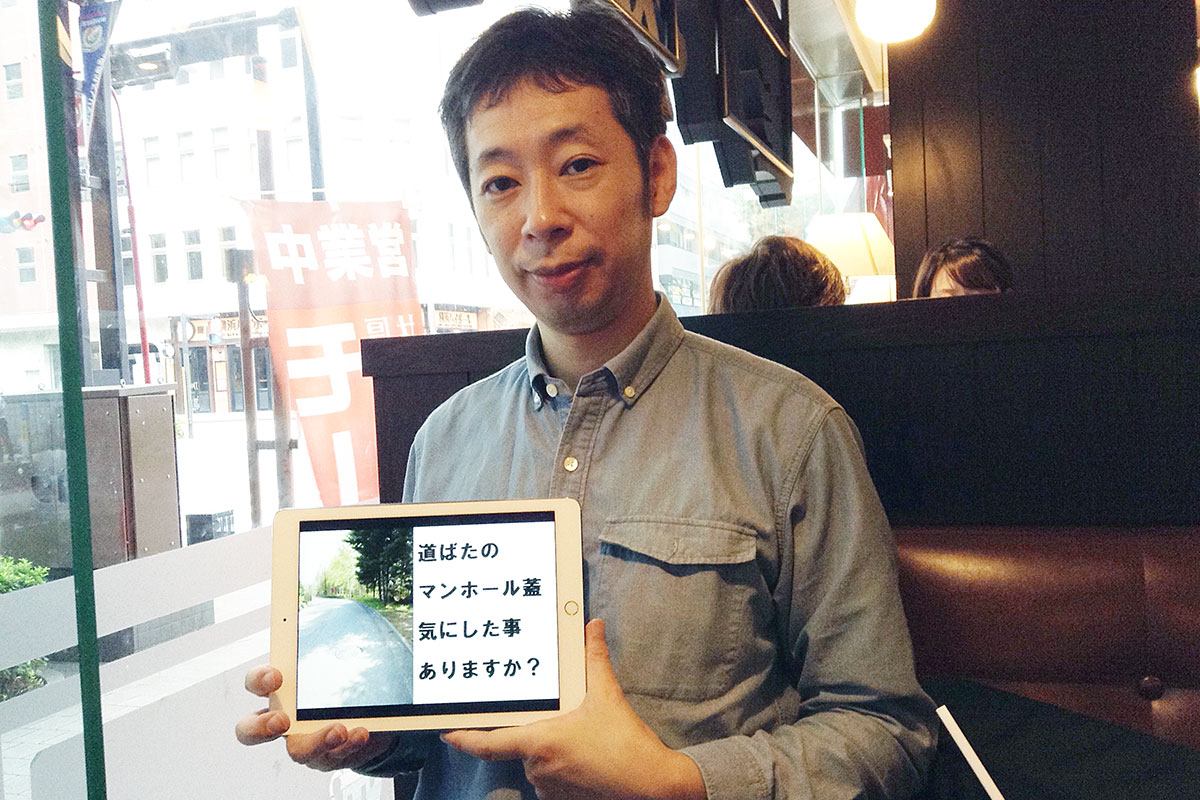

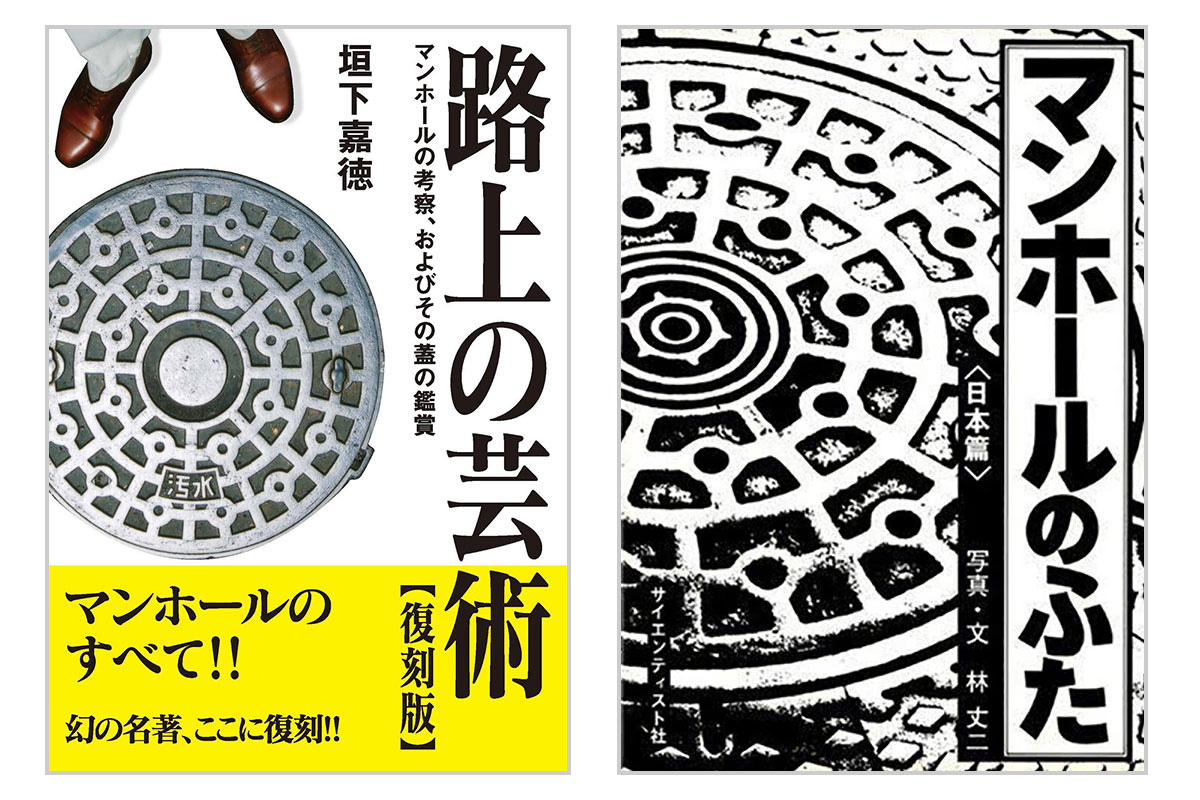

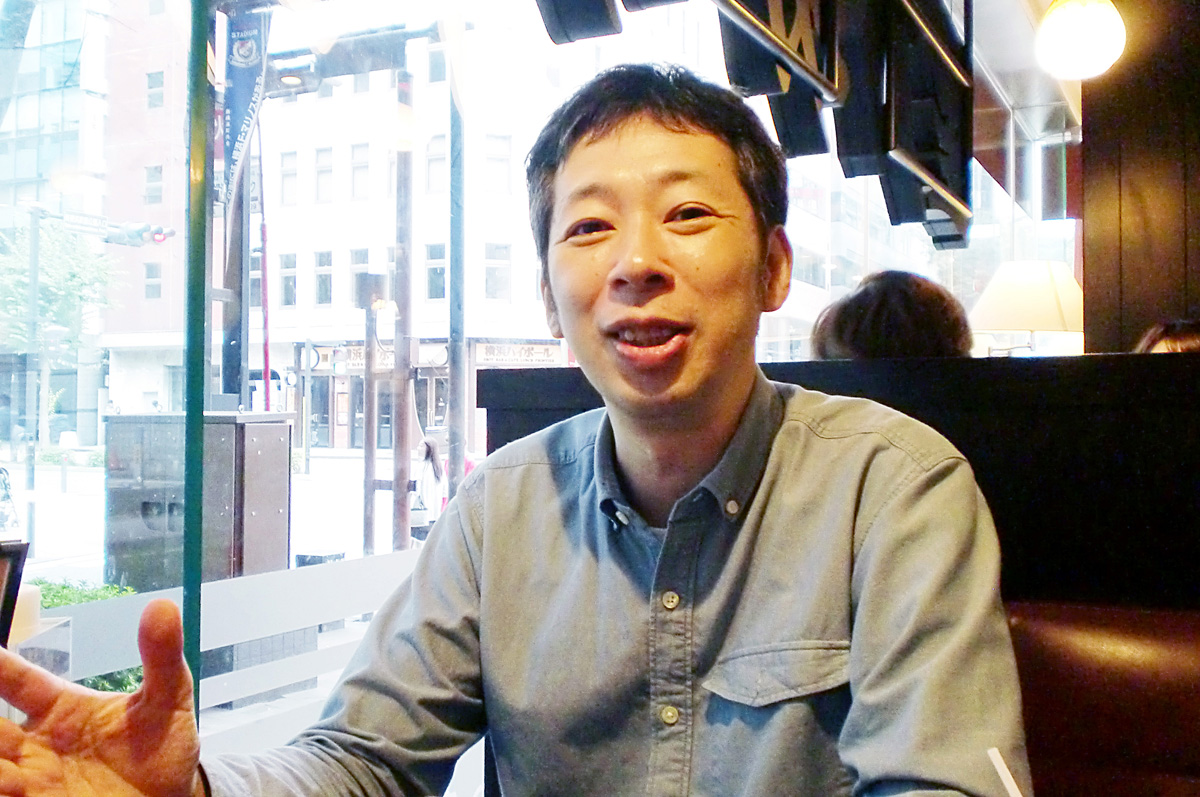
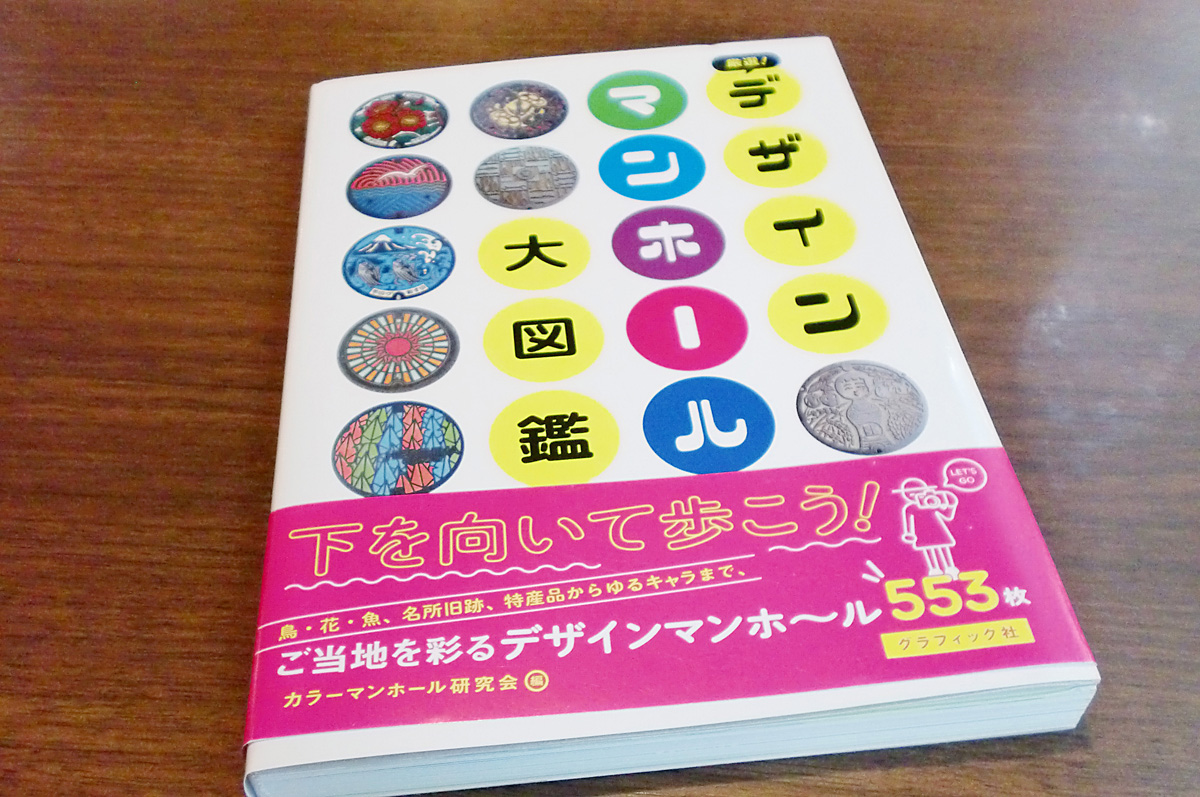

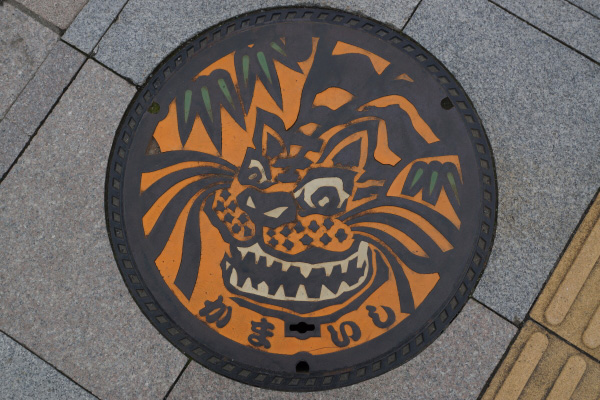
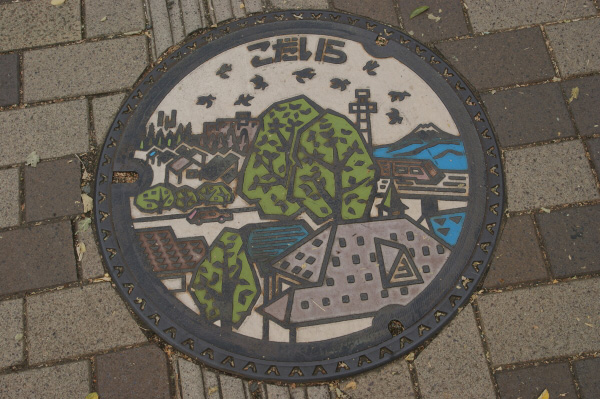
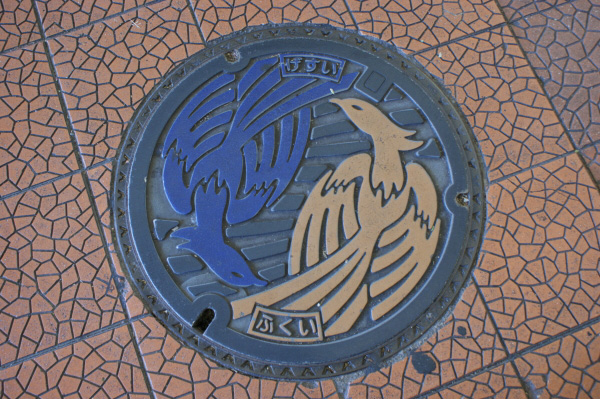

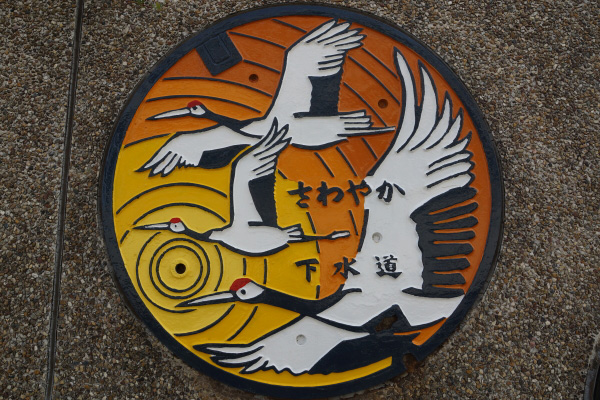
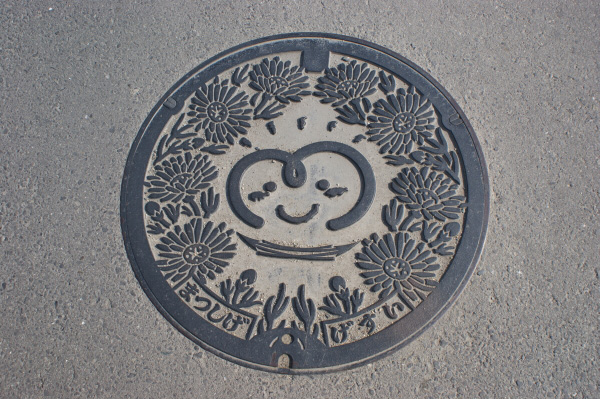


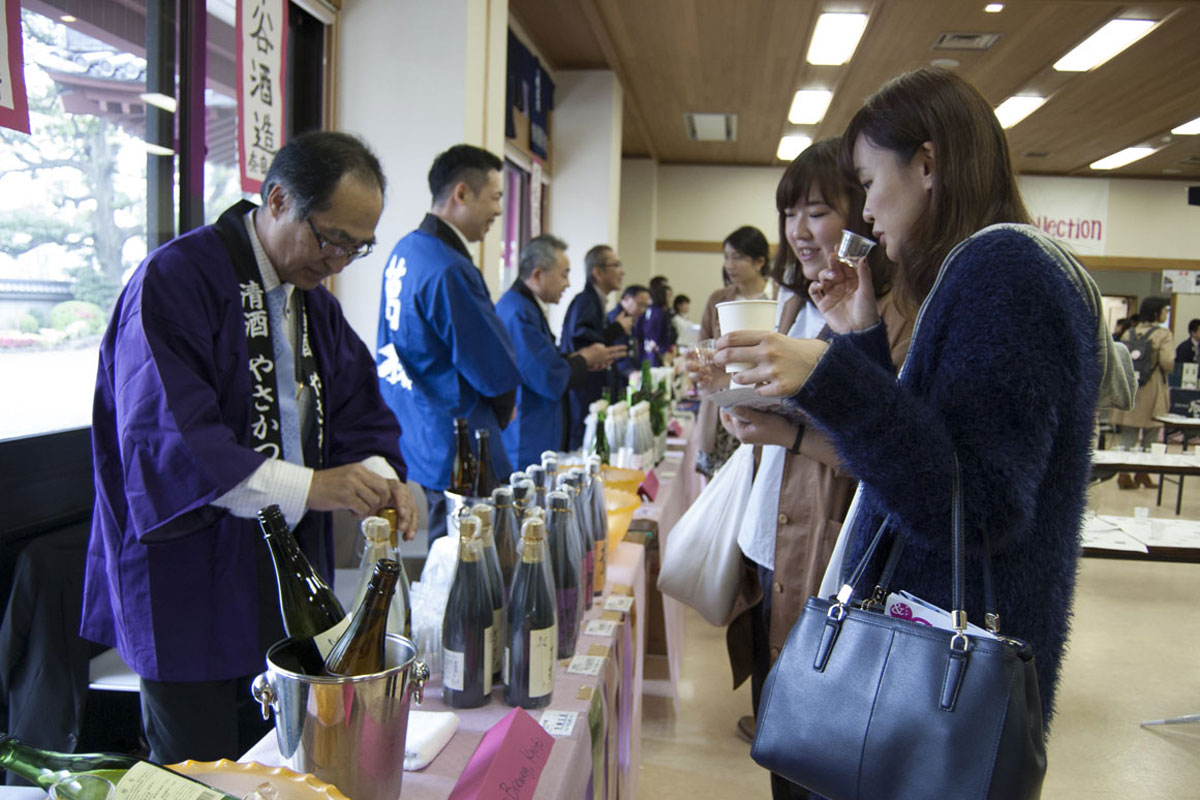
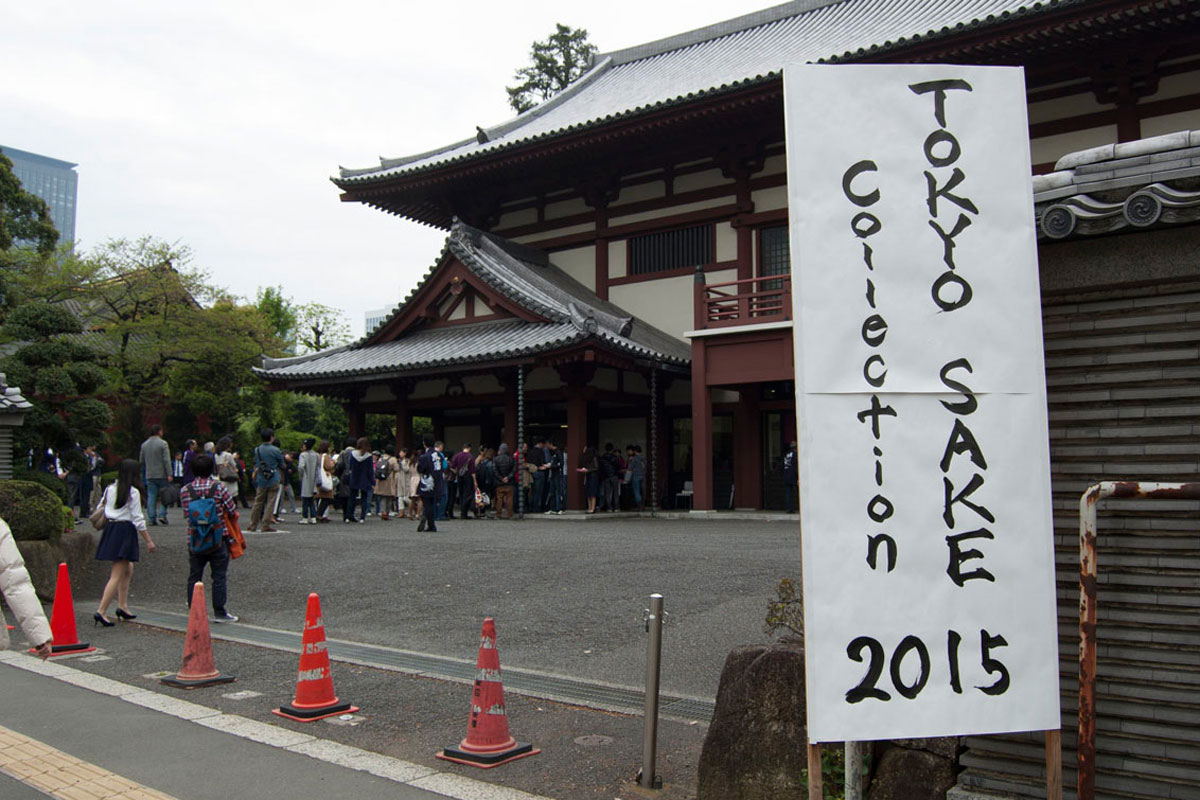

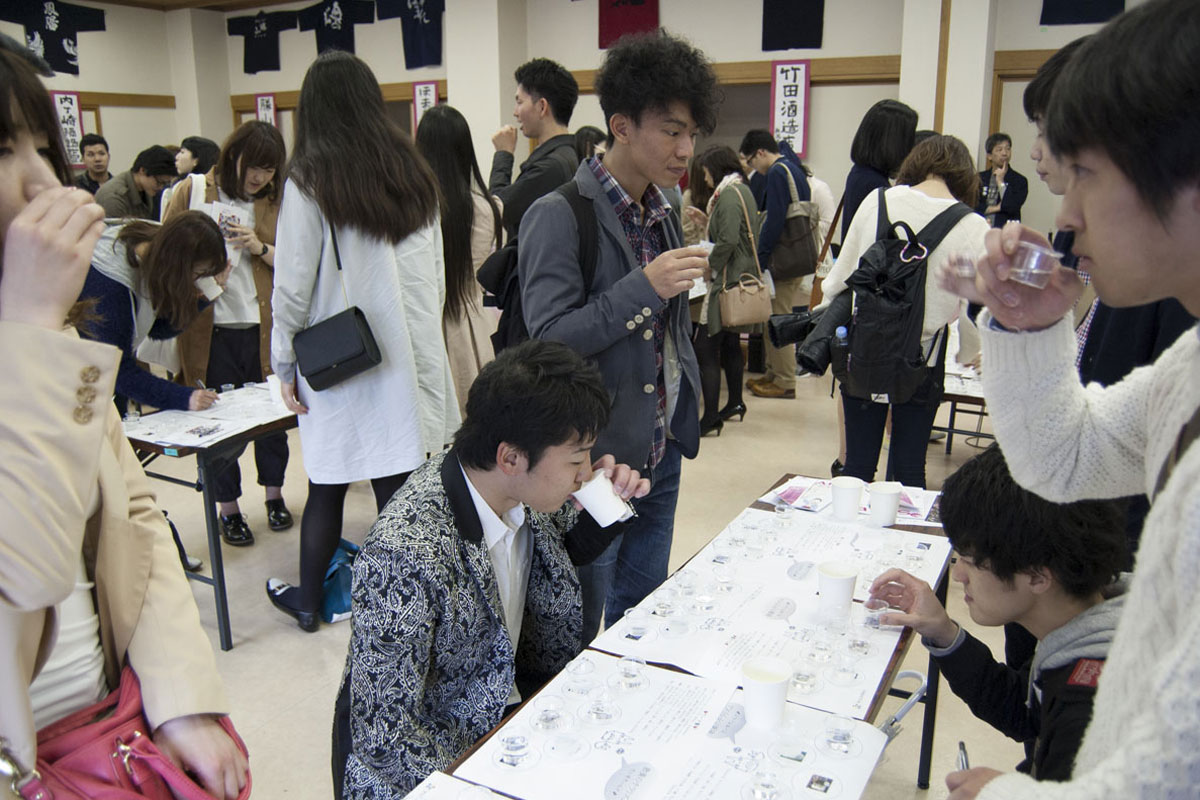
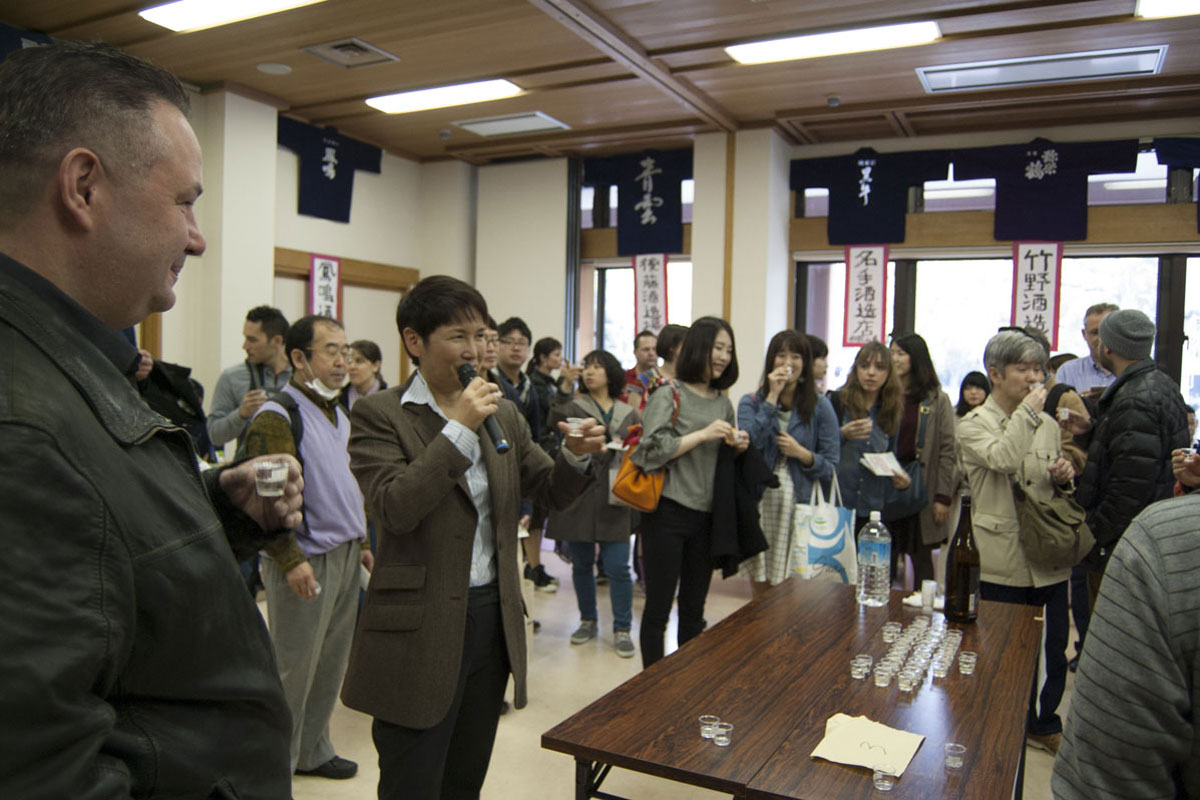
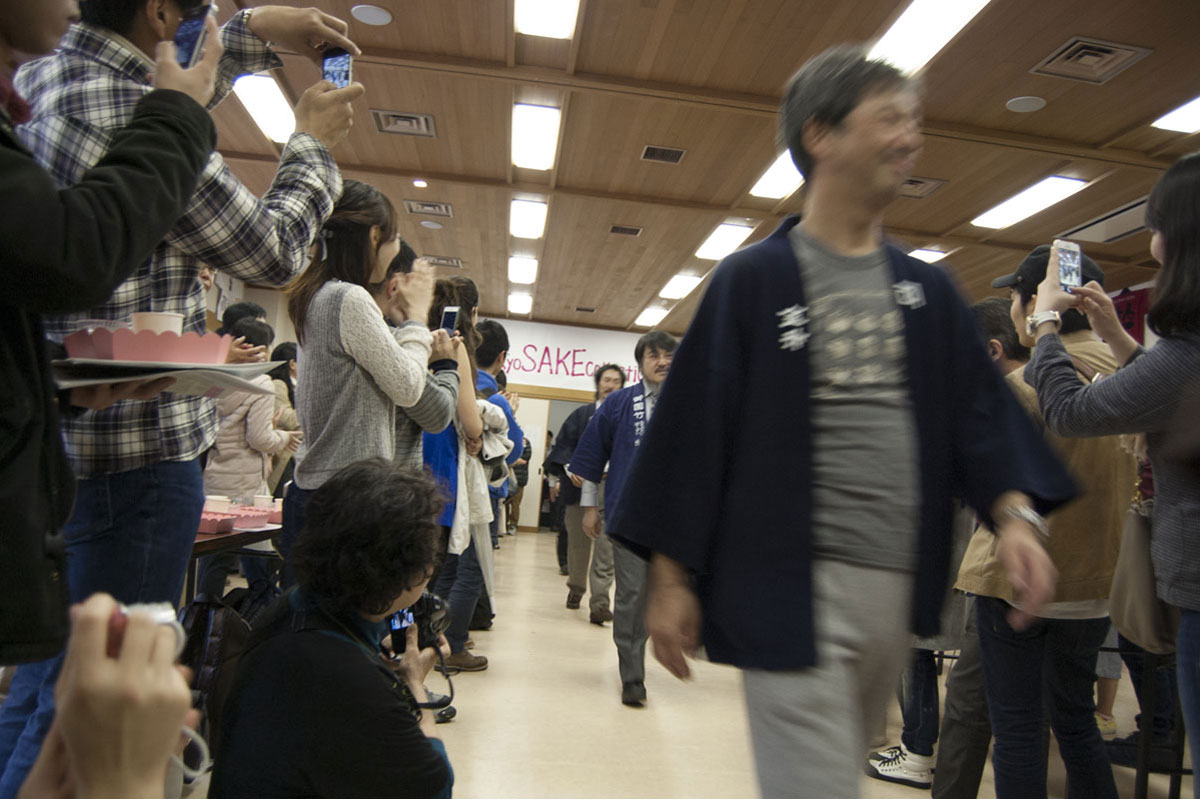


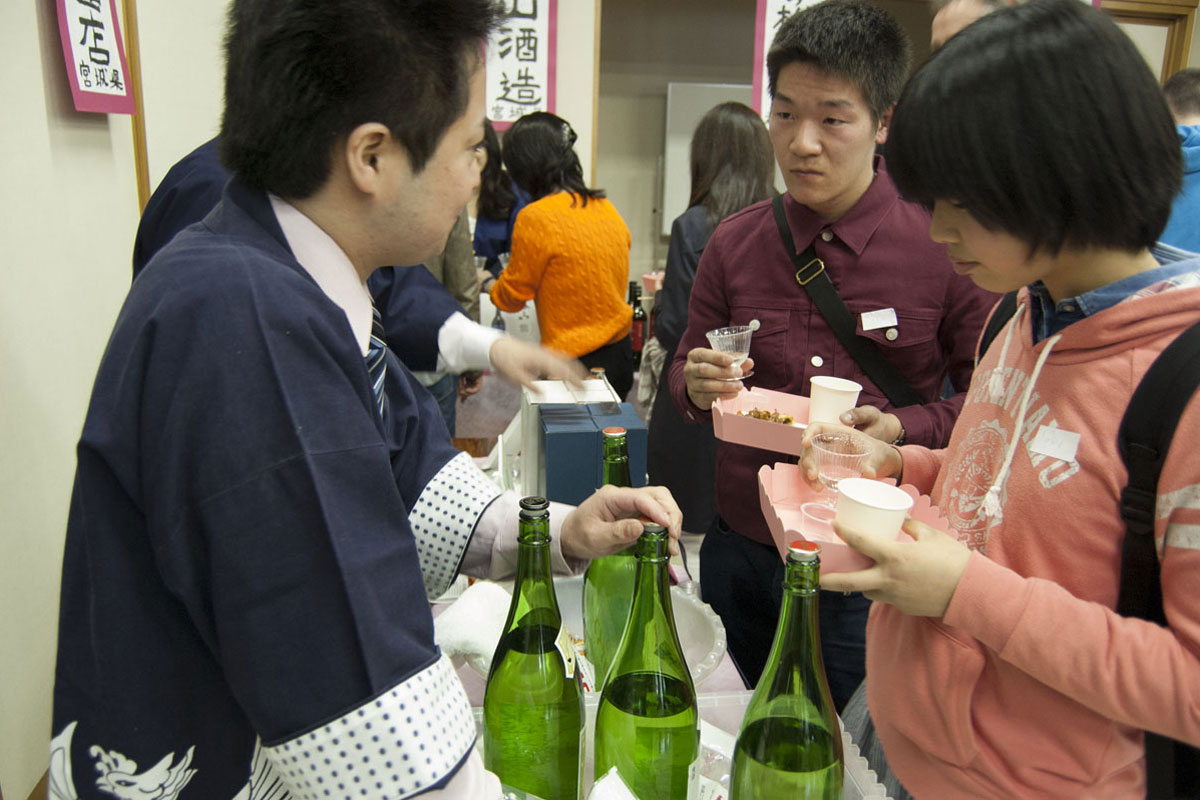
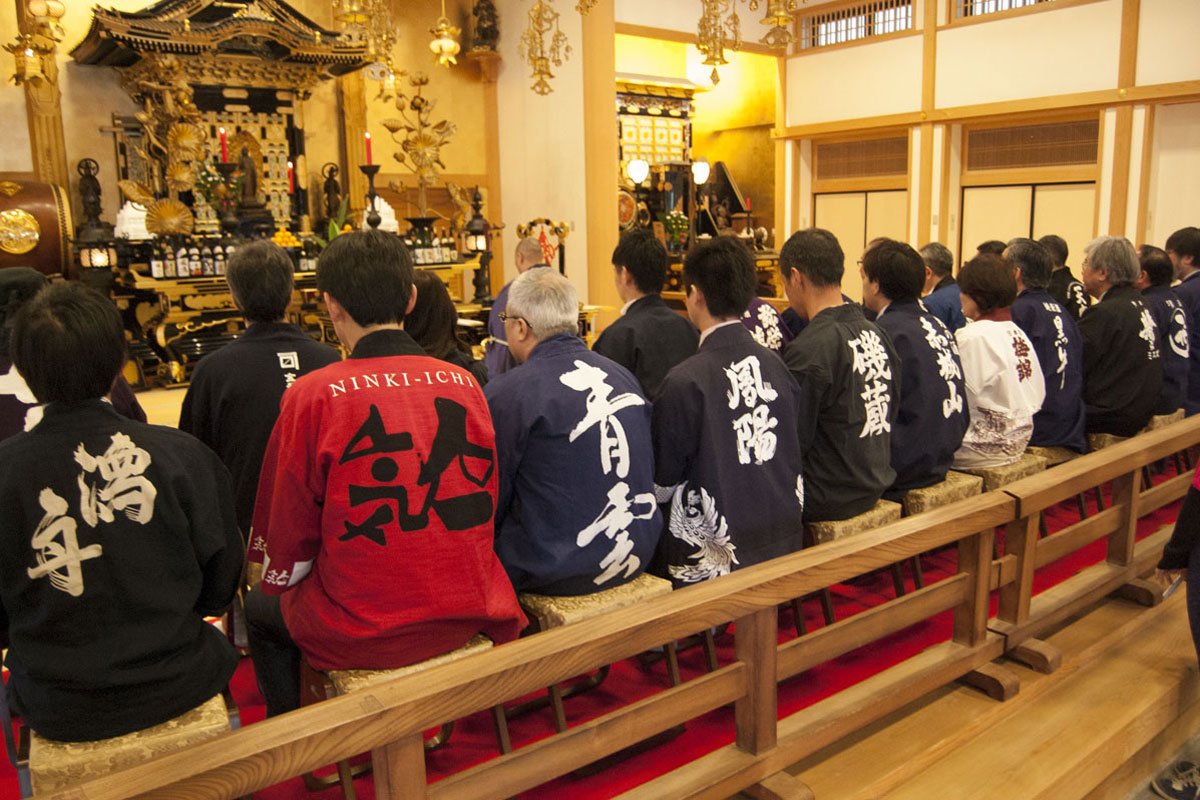 ▲During a break from the festivities, representatives from each brewery make an offering of fresh sake and a prayer at Zojoji Temple.
▲During a break from the festivities, representatives from each brewery make an offering of fresh sake and a prayer at Zojoji Temple.